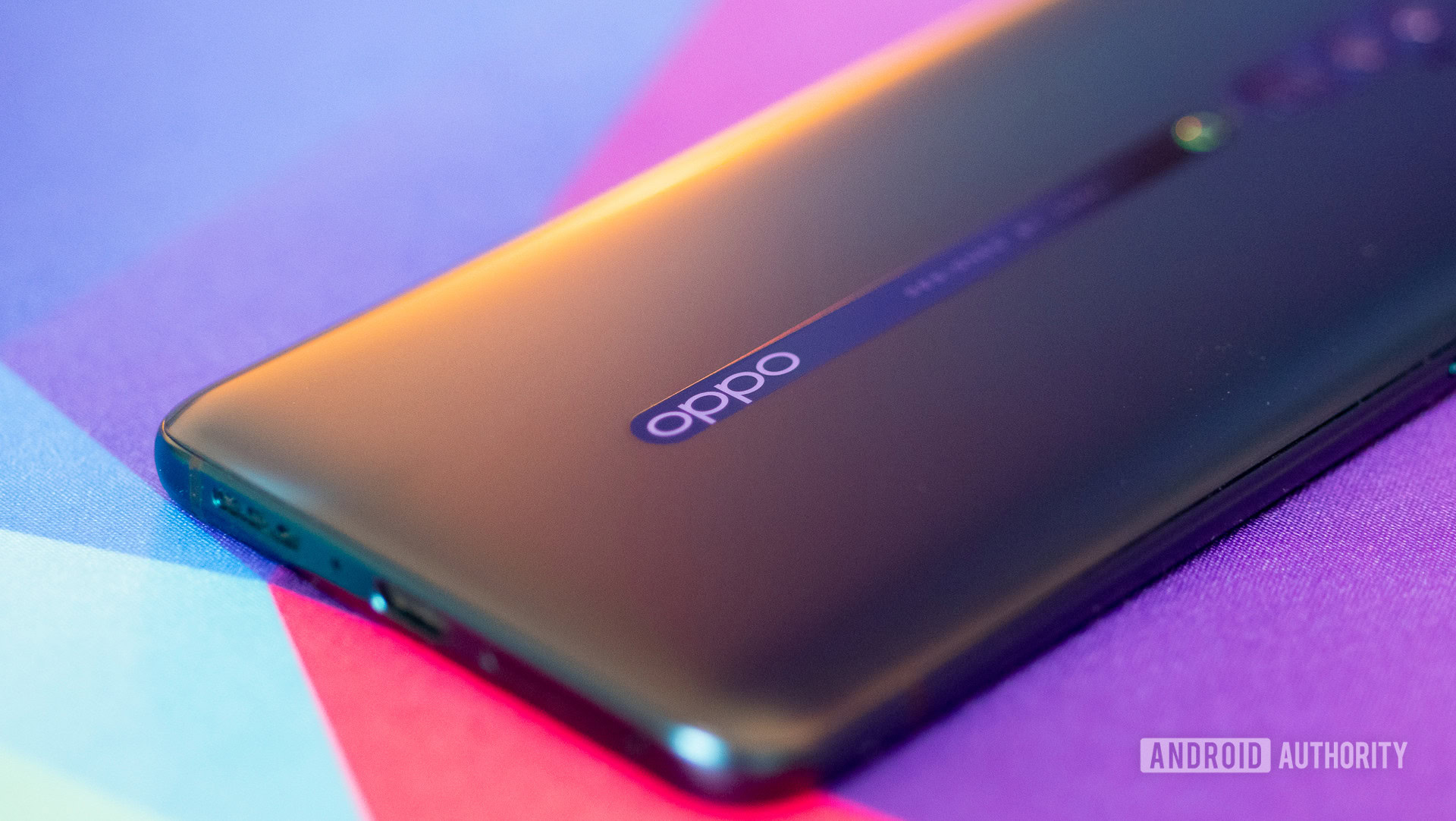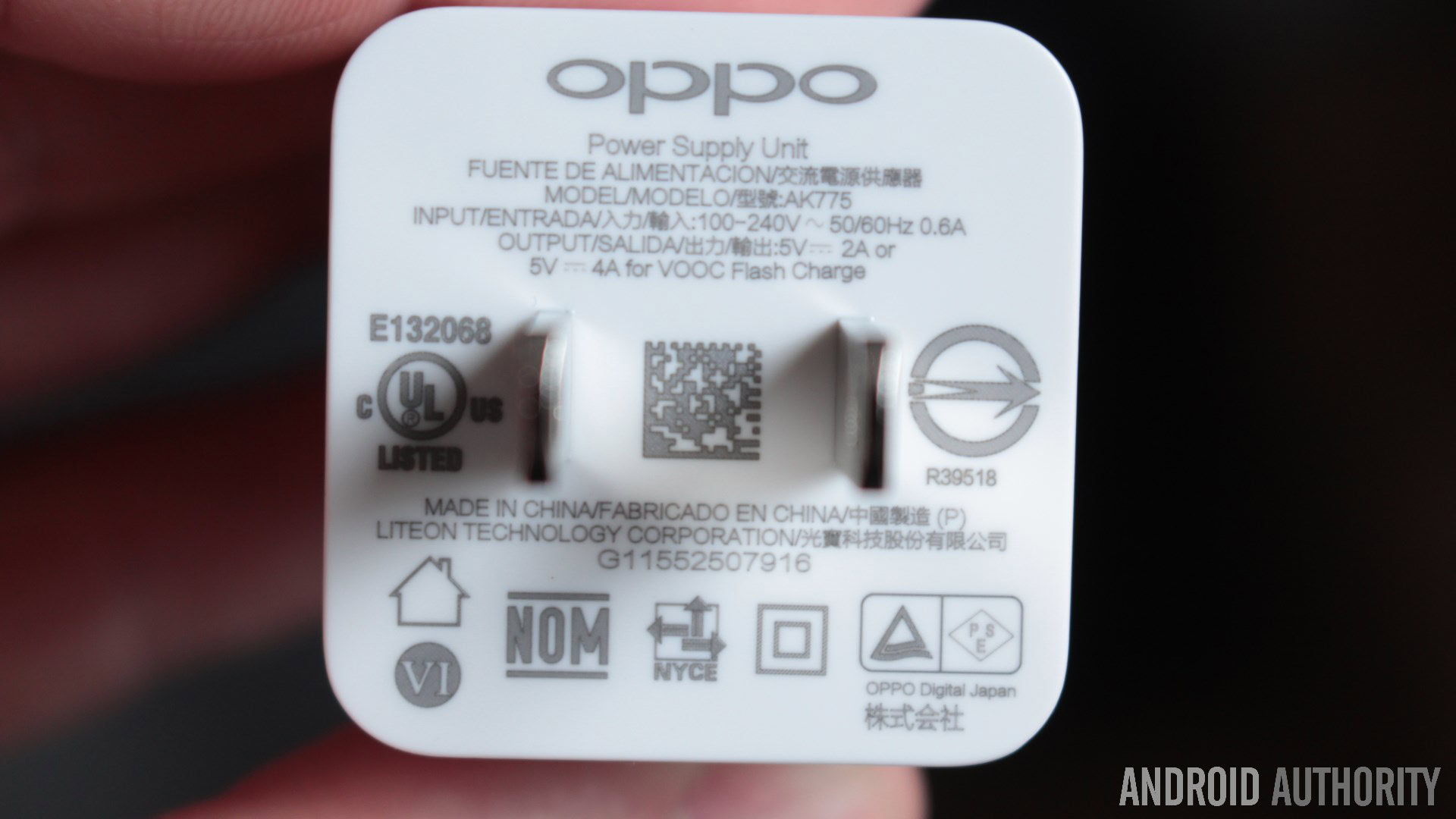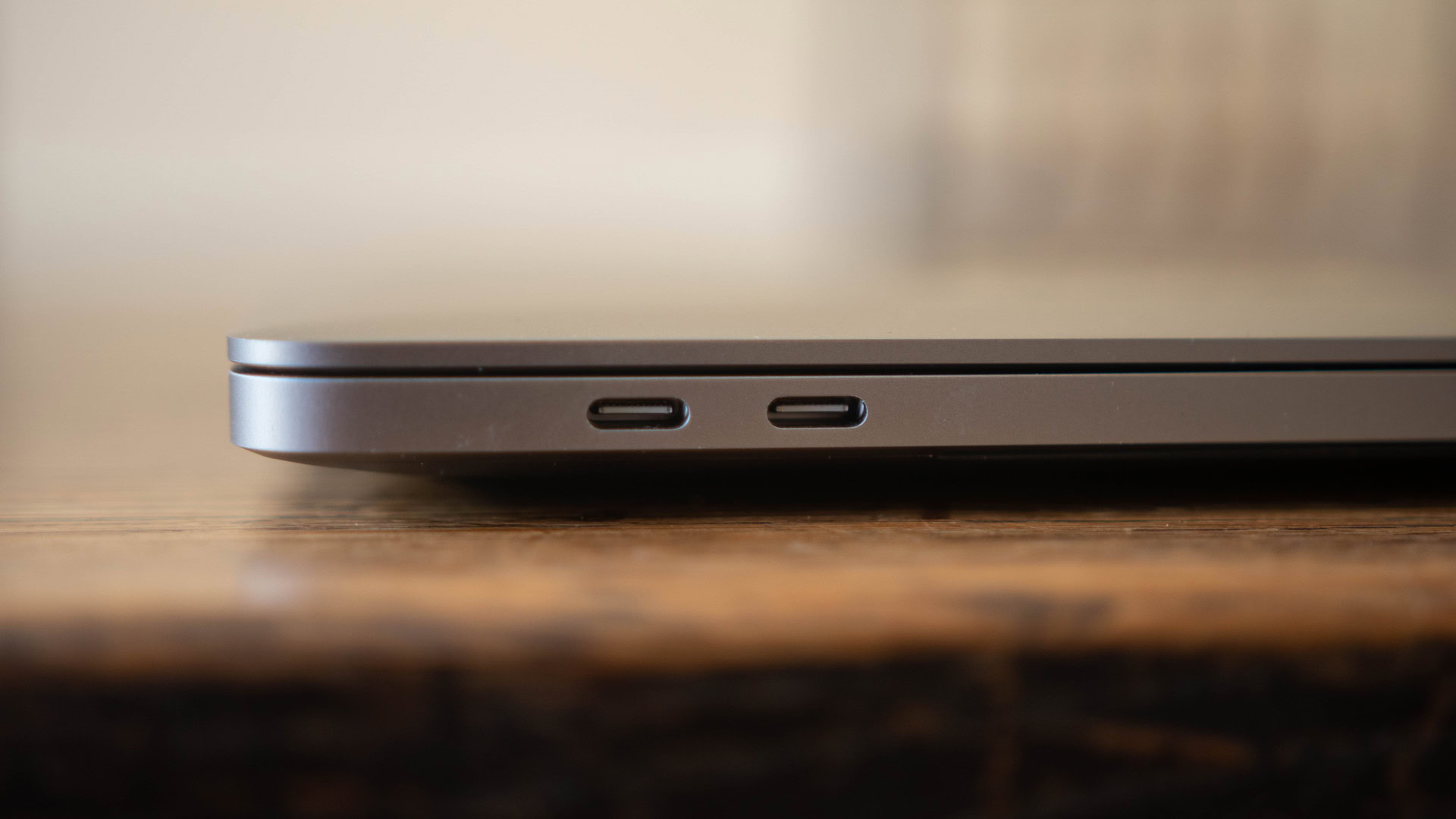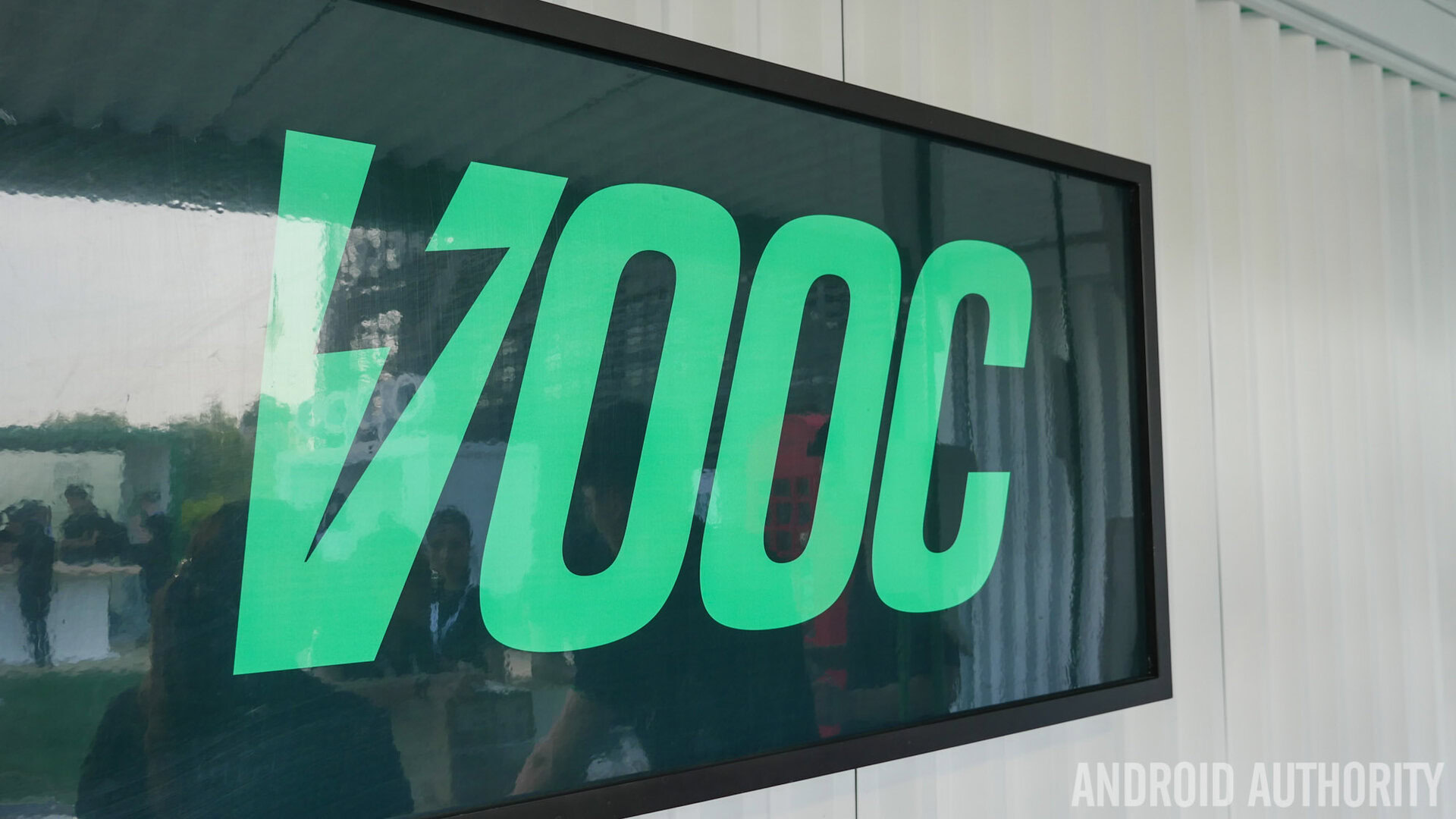Affiliate links on Android Authority may earn us a commission. Learn more.
Interview: How OPPO made 125W fast charging a reality
July 29, 2020

Fast charging technology is a staple of today’s smartphones, although there’s a wide spectrum of what counts as “fast.” Up until recently, supported technology has ranged from 18W to 65W of power, but that’s quickly becoming old news. The industry is sprinting ahead with ultra-fast charging speeds of 100W and above. See the recent announcements from Oppo, Realme, and Qualcomm.
The benefits of charging your phone to full in 20 minutes or less are an easy sell. However, making this a reality isn’t as simple. There’s new hardware and charging algorithms involved, as well as the extra strain on our already hard-working batteries to consider.
Android Authority sat down with Jeff Zhang, chief charging technology scientist and Senior Director of Hardware Engineering at OPPO, for a chat about what went into making OPPO’s new 125W Flash Charging tech a reality, how it works, and what it means for future devices.
Why pursue 125W charging in the first place?
Today’s smartphones already charge very quickly, so why did OPPO bother pushing the boundaries even further? The answer isn’t just “because we can,” although that is part of it.
Jeff Zhang explains, “the reason we developed 125W are: A, to have a higher charging speed, and B, which is more important, to have better compatibility.” He elaborates further that “the 125W charger can cover a lot of electronic devices […] [and in the future], this high performance and high power charging will not be limited to smartphones alone.” High power is useful for charging laptops and other gadgets quickly, and the idea is to have one powerful charger that caters to everything.
This is a much more subtle point than other headlines about crazy fast charging times, but nonetheless important. The pitfalls of an increasingly messy USB-C specification and the environmental impact from obsolete charger waste can’t be overstated. Thankfully, OPPO technology supports Quick Charge and USB Power Delivery Programmable Power Supply (USB-PD PPS) to fast-charge a wide range of devices. The days of proprietary charging are on the way out as OPPO embraces the “one charger for everything” mentality.
With USB Power Delivery support, OPPO is embracing the 'one charger for everything' mentality.
Despite being based on proprietary technology, OPPO works with other companies to help make fast charging technology available everywhere. It was news to me that USB-PD PPS introduced OPPO’s Direct Charging system as part of its specification. In addition, OPPO has licensed its previous-generation fast charging technology to 23 manufacturers and they want to make Flash Charging available to all devices. This encompasses supporting the USB Power Delivery’s PPS protocol, as well as licensing Flash Charging directly to other companies. Qualcomm’s Quick Charge has some serious competition.

Faster charging requires superior batteries
125W charging is a technological challenge on many levels. It requires innovative approaches to batteries, charging plugs, and even software algorithms. We pressed for some more technical questions about how OPPO’s new solution works, as well as concerns that consumers may have about battery longevity and safety.
We started by addressing the contentious claim that OPPO’s charging technology leaves batteries at 80% of their original capacity after 800 charge cycles. Qualcomm lists the same statistic for its latest Quick Charge 5 solution and OPPO states its batteries exceed China’s GBT18287-2000 specification for 60% after 400 cycles standard. But for us consumers, it’s not entirely clear if fast charging comes with a big trade-off to longevity or not.
“I can be absolutely clear that Flash Charging will not cause any negative influence on the battery life,” Jeff notes. He cites the fact that there are over 157 million global devices using OPPO fast charging technology already as proof that there are no issues. That’s not exactly a final argument, so we went after a more concrete answer. The answer is that new innovations in both battery hardware and software should ensure battery longevity stays in the same ballpark that consumers are used to.
All about batteries: What is mAh?
For starters, a high C-rate battery is a requirement of 125W charging. OPPO’s 125W solution uses a 6C battery, which is up from 3C with 65W Super Vooc. For background, the C-rate designates a battery’s ability to handle high charge and discharge currents for a given capacity. A higher C-rate battery can charge (and discharge) faster with fewer negative effects for capacity and heat. Jeff elaborates:
“If you use a low C-rate cell and apply high power charging into it, that will definitely cause problems. We have three red lines; lines that you should not cross when using the battery. The first is do not go beyond the C-rate that the battery can sustain. The second […] do not overheat or over-cool the battery. The third red line, and the most critical one, is [no] over-voltage charging.”
Safety is clearly a major part of OPPO’s efforts with 125W, which we’ll explore in more detail in a minute. High temperatures and insufficient C-rate are the two big issues that negatively affect battery longevity when fast charging, and it’s clear OPPO has taken this into account with the move to 125W. The company is adamant that new approaches in its 125W solution prevent any negative impact on battery longevity. If there are any issues, we’ll have to wait until 125W smartphones land in consumer hands to investigate further.
''I can be absolutely clear that Flash Charging will not cause any negative influence on the battery life.''Jeff Zhang - Chief Charging Technology Scientist, Senior Director of Hardware Engineering, OPPO
So, how do you build a high C-rate battery? Part of it is new materials that make up the anode, cathode, and the chemical electrolyte. The other half is to lower the physical resistance of the battery. To do this, OPPO switches to multi-tab rather than single-tab batteries, with multiple anode and cathode connections. This is called Multiple Tab Winding (MTW) technology.
“MTW divides the electrode into multiple pieces, this way the path of the electric charge movement is reduced by several times. [By doing this], it will reduce the resistance of the circuit,” Jeff explains. Since the resistance of the battery cell is very small, MTW greatly enhances battery performance on both the charging and discharging processes. In a nutshell, 125W batteries are built to better withstand high charging currents.

Faster charging is smarter charging
New batteries are an essential part of the 125W vision, but OPPO has “redefined the charging system of the phone” too. Controlling charging current, voltage, and heat are the keys to charging batteries quickly, safely, and to keep them in optimal condition.
“We have made optimizations on both the architecture side as well as the algorithm side”, notes Jeff, as he proceeds to detail two of OPPO’s latest innovations already in production. The first is pulse charging, designed to make adapters “safer and more reliable.” This makes them more compact and increases charging speeds. Thanks to lower temperatures, it also enhances the battery lifespan and performance. The second is Voltage Floating Compensation (VFC), which mostly contributes to the charging speed.
The VFC algorithm builds on the conventional Constant Current, Constant Voltage (CCCV) method used to fast charge modern batteries. Traditional fast-charging boosts the constant current phase, but it’s much more difficult to maximize power in the constant voltage phase due to safety concerns. With CCCV, spare headroom voltage is set aside as a simple safety precaution to avoid over-voltage – remember OPPO’s third and most important rule – but this is less than optimal for charging speed. This is why batteries often charge slowly when they are nearly full.
You can't just push more current into existing batteries, 125W requires high C-rate, multi-tab batteries and improved charging plugs.
By contrast, OPPO’s VFC closely tracks the voltage at the battery level, maximizing the charging current even in this later stage. Jeff helped explain this using an analogy of trying to stop a car as close to a wall (the 100% battery level) as possible. Rather than approaching the wall slowly step-by-step, with VFC you speed toward the wall, and simply hit the brakes when you’re close and your car will stop instantly without hitting the wall. Jeff also said:
“Now, to be honest, to really achieve this goal, it’s a big test of your driving technology as well as the performance of your car. So, that is to say, it relies on both the hardware and the software […] Talking about the software, [VFC requires] temperature compensation as well as more data for the [battery] chemical model. All of this will require a lot of data.”
In other words, OPPO’s VFC charges up faster than traditional CCCV by tracking the battery more closely. To do this, OPPO’s algorithm not only uses more sensor data, such as voltage and temperature, but also relies on information about the chemical make-up and capabilities of the battery too. This is clearly a more involved design than previous charging solutions, showcasing the fine line between eking out every drop of charging performance without pushing batteries to breaking point.

Safety is paramount for blazing-fast charging
Finally, talk turns to the safety of 125W charging. This is an important point, since higher power has the potential to cause more damage to batteries and devices than the old slow charging methods. In addition to standard features like temperature and power monitoring, the key to safely charging at 125W is OPPO’s proprietary two-way communication system between your phone and the charger, giving both control over power delivery.
In regards to two-way communication, Jeff notes:
“[Two-way communication] will cover things like how many milliamps of power is received by the battery and how much power is consumed by the operating system, and what’s the wear and tear on the cable side. [It] will also know what’s the resistance on the cable. Things like if there is an anomaly on the two ports of the cable, like is it firmly plugged in or what’s the resistance of this cable? And if any anomaly is detected, either the adapter or the phone has the permission to stop the charging.”
Impedance detection is used to lower charging speeds across poor quality cables.
Smarter charging is increasingly popular across the industry, with cable detection playing an increasingly important role as charging power steps up another gear. It’s critical given the number of poor-quality and specification-breaking USB-C cables that have been spotted in recent years. There’s also fuse protection in OPPO’s chargers as a last-resort redundant safety feature. What’s particularly promising is that OPPO has the ability to update its plugs with additional safety features in the future too.
“Many people do not know this … some of [our] chargers, when connected to a phone, can receive an OTA upgrade. In the future, we will keep launching upgrades and optimizations on the algorithm side. These optimizations may have to do with the enhancement of performance or safety or both of them,” explains Jeff. As an example, an upcoming update will introduce an extra protective measure in the event of physical battery damage. When this happens, the software limits charging and quickly discharges the battery.
Hopefully, consumers will never notice that these features exist, but it’s good to know that OPPO has them in place just in case. Better still, OPPO can update charging products with safety improvements and address any unforeseen issues that might crop up.
Read more: Charging habits to maximize battery life
125W charging clearly isn’t a case of just throwing more power at devices and hoping that they charge up faster. After our interview, it’s clear that OPPO has overcome a number of hardware and software design challenges to get to this point. I’m a little less skeptical about the technical trade-offs than I was going into the interview.
The company is adamant that 125W charging doesn’t have negative effects for battery longevity and that it continues to meet the industry-standard 80% capacity after 800 cycles. OPPO’s technological explanations go some way to convince that worries may be overblown. Although the real test will be to see how charging speed and battery health hold up once devices arrive.
At the very least, OPPO’s 125W solution appears to have thought of pretty much everything — from the development of higher quality 6C batteries, to new charging hardware, to battery monitoring algorithms, as well as safety features to rein power back in if things go wrong. Of course, all this costs more to implement, so we can likely expect 125W chargers and compatible devices to be a tad more expensive. We’ll just have to see if that’s a price consumers are willing to pay to charge up in 20 minutes or less.